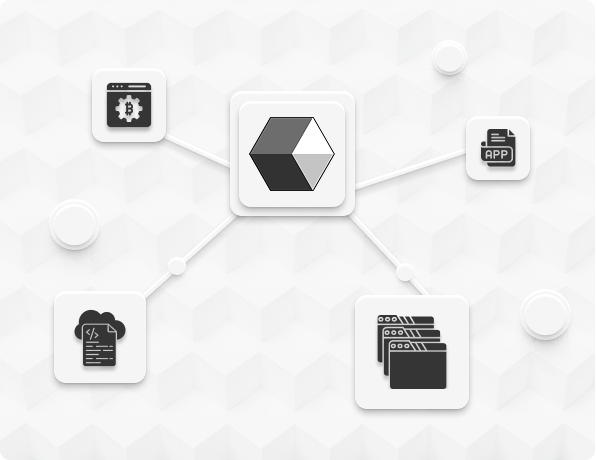At Nadcab, we provide end-to-end digital engineering solutions, from strategy to deployment, ensuring seamless execution of your projects. Our approach simplifies the complexity of managing multiple touchpoints. Here’s how we get started.
For customer support, please use the chat widget at the bottom right of your screen or send an email to sales@nadcab.com
Fill out the form with your project details. We’ll sign an NDA to keep your idea confidential.
Our experts connect with you quickly to discuss your goals in detail.
We deliver a transparent project plan with detailed cost and timelines.
Our experts are always within reach, connecting you to the world.
3rd Floor, Oyster Complex, Greenlands Road, Somajiguda, Begumpet, Hyderabad, PIN: 500016, Telangana, India
+91 - 8840490443
38-52 Waterloo St, Surry Hills NSW 2010, Australia
+61 488 841 730
4800 Sheppard Ave E, Scarborough,ON M1S 5M9, Canada
+(877) 768-2813
23 New Drum Street London E1 7AY United Kingdom
+447453379563
Damascus St, Al Qusais Industrial Area 3, Dubai,
+ 97-2114464213
740 E 13th St, New York, NY 10009, United States
+1 646-665-9735
Our experts get back to you within 24 hours.
We understand your business and provide the best-fit blockchain solutions.
Your project details are protected with NDA agreements.
At Nadcab, we build secure and innovative blockchain solutions tailored to your business needs. From smart contracts and DApps to DeFi, NFT, and Metaverse projects, our team ensures your ideas turn into reliable, scalable applications.
Custom Blockchain Application Development
Smart Contract Development & Audits
DApps & Web3 Solutions, DeFi, NFT, and Metaverse Projects
Blockchain Consulting & Strategy
